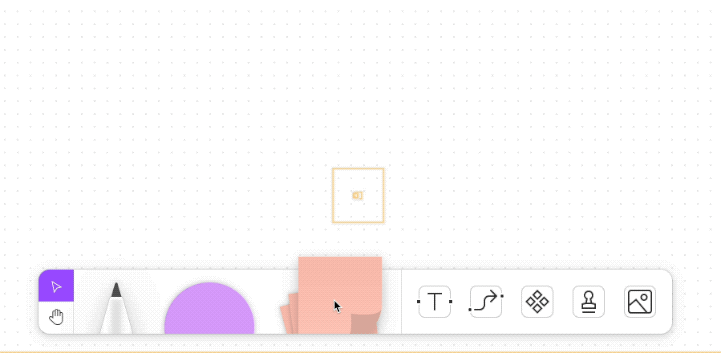Unlocking the Power of Polymorphism in JavaScript: A Deep Dive
Polymorphism and Prototype chain
In JavaScript, objects are linked together through a prototype chain, which is a chain of prototypes where an object can inherit properties and methods from another object, which in turn inherits from another object, and so on. This chain of prototypes is what enables polymorphism in JavaScript.
For example- let’s say we have a base object called “Animals” that has a method called “speak”. We can then create a child object called “Dog” that inherits from the “Animals” object and overrides the “speak” method to make the dog bark.
Now, let’s say we create another child object called “Poodle” that also inherits from the “Animals” object, but it doesn’t override the “speak” method. The “Poodle” object will inherit the “speak” method from the “Animals” object, so it will also have the ability to speak, but since it hasn’t overridden the method, it will use the implementation provided by the “Animals” object.
This allows for a more intuitive way of thinking about objects and their interactions, as well as more flexible and reusable code. For example, if we want to add a new method or property to all “Animals” objects, we can simply add it to the “Animals” object, and all child objects that inherit from it will automatically have access to that new method or property.
Takeaway
In this article, we discussed the different ways to implement polymorphism in JavaScript, including function overloading, method overriding, and duck typing. We also explained how the prototype chain in JavaScript affects polymorphism and how polymorphism can be implemented and inherited through the prototype chain.
This post was not meant for beginners, but slowly I will post blogs on many methods I mentioned above and other things. Thank you for reading.











